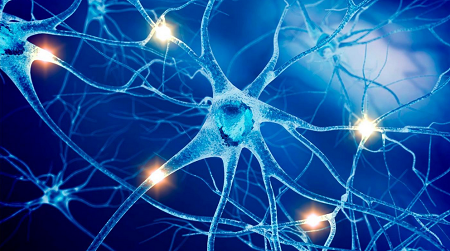
Transient Ischemic Attack (TIA) come and go. Its also called a “Mild Stroke” a brief period of symptoms similar to those you’d have in a stroke. A temporary decrease in blood supply to part of your brain causes TIAs, which often last less than five minutes. Like an ischemic stroke, a TIA occurs when a clot or debris blocks blood flow to part of your brain. A TIA doesn’t leave lasting symptoms because the blockage is temporary. But a TIA should not be ignored because it significantly increases the risk for having a stroke in the future.
Symptoms of ischemic strokes and TIAs include sudden weakness in the face, arm or leg; sudden face, arm or leg numbness; sudden difficulty speaking or understanding others; or sudden difficulty seeing or walking.
It’s critically important that these symptoms never be ignored. They require immediate emergency medical care. That’s true even if they go away, as in a TIA. If these symptoms lead to a full stroke, immediate treatment can prevent long-term problems. If the symptoms disappear on their own, then neurologist have ways of reducing the risk of a stroke in the future.
For a person who has had a TIA or ischemic stroke, testing can help identify why the blockage in the artery occurred. There are many potential causes of TIA or ischemic stroke. A small clot may form in the heart, break free and travel to a brain artery where it gets stuck.
It’s not possible to tell if you’re having a stroke or a TIA based only on your symptoms. Up to half of people whose symptoms appear to go away actually have had a stroke causing brain damage.
Many factors can increase your risk of a stroke. Some factors can also increase your chances of having a heart attack. Potentially treatable stroke risk factors include:
- High blood pressure
- Cigarette smoking or exposure to secondhand smoke.
- High cholesterol.
- Diabetes.
- Obstructive sleep apnea — a sleep disorder in which the oxygen level intermittently drops during the night.
- Cardiovascular disease, including heart failure, heart defects, heart infection or abnormal heart rhythm.
Seek emergency care even if your symptoms seem to clear up. If you’ve had a TIA, it means there’s likely a partially blocked or narrowed artery leading to your brain or a clot source in the heart. Visit your neurologist for proper and precise treatment and management. #neurologist #neurologistinmanila #winnielimkhoo #docwinnie #health #advise #consultation #treatment #cure #management #menshealth #womenshealth #manila #philippines